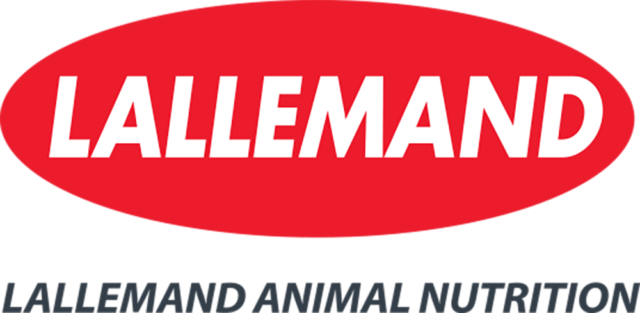Trace minerals are known to have a major impact on the immune system and reproductive performance of dairy cattle. However, deficiencies in these essential nutrients are often non-specific signs. Rarely do we look at a cow with foot rot and immediately think, “That cow is low on zinc,” or when looking at a cow that hasn’t cycled after calving 45 days ago and think, “We better get more copper into her if she’s going to get bred back.”
Unfortunately, cows don’t have a dashboard with gauges to tell us which minerals they are low on. Minerals may be considered when things aren’t going well, but how do we know if minerals aren’t adequate? Liver biopsies allow us to check the actual status of the cow without assuming they are OK simply because minerals were offered in the feed. In that sense, liver biopsies are the gauge to tell us how the cow is doing.
Why biopsies?
Frequently, I get asked, “Can we just take a blood sample to check the mineral status?”
Understanding the answer requires understanding the three mineral pools in the body: the functional pool (which consists of the enzymes, structures and hormones in which the minerals are utilized), the transport pool (which is the blood carrying the trace minerals to the functional pool) and the storage pool (which for many trace minerals is the liver).
One way to think of these pools is like having a paycheck. We get paid each month (eating our minerals daily) and immediately pay our bills (make sure the enzymes and structures have minerals). We then put just enough money into our wallet to pay for things that might pop up (minerals in the blood or transport pool) and then put the rest into a savings account (minerals going into the liver). If we wanted to check our financial health, we wouldn’t want to check how much money we have in our wallet, but what we have in the savings account.
The same applies to the minerals in a cow; we get a better picture of mineral status by looking at the savings account than the wallet.
What cows to biopsy and when?
Typically, when performing liver biopsies we aren’t necessarily concerned about any one cow. We want to get a snapshot of what is going on in the herd. Are we concerned about a potential deficiency or are we trying to assess the efficacy of the current mineral supplementation program?
An article published in the New Zealand Veterinary Journal outlined the number of cows that should be sampled for a variety of situations, but typically seven to 10 cows are adequate to get a snapshot of what is representative of a group.
Defining the group becomes more important. If first-lactation animals are having an increased rate of metritis, liver biopsies should be taken from the first-lactation group.
I prefer to have the cows all coming from a similar stage of lactation, either right before or right after freshening. The mineral status of a cow is not static throughout lactation and should typically be at the highest level at the beginning of the third trimester of pregnancy, and at the lowest right after freshening. This fluctuation in the mineral status means that identical mineral concentrations in the liver can have vastly different impacts on interpreting the results and projecting the performance of the animal.
Performing the biopsy
While a biopsy sounds invasive, current procedures are very simple and quick to perform, taking just a couple of minutes from prep time to completion. After restraining the cow in a squeeze chute, or even in the headlocks, a small 2-inch-by 2-inch area is clipped and quickly scrubbed on the right side of the cow between the 10th and 11th ribs (Figure 1). A local anesthetic is applied before a scalpel makes a small stab incision just through the skin. A 6-inch 14-gauge biopsy is then used to take a 10- to 12-milligram sample from the liver. This core is approximately the size of a mechanical pencil lead a half-inch long. Two or three samples are taken from each cow and then submitted to a lab for analysis. Cows are then let go, not hardly thinking anything has happened.

Results
Most diagnostic labs can have the results of the biopsies returned within about a week after sample submission. When results are returned, putting the results into a graph can give a quick visual representation of the mineral status of the cows sampled. Again, typically we are looking for trends within a group, not necessarily individuals (Figure 2).

Now what?
What happens if the results come back with levels less than what you hoped? The diagnostics allow for a conversation with your veterinarian and nutritionist as to the impact these trace mineral levels are having and to implement strategies to improve them. If cows are low in the fresh period, implementation of injectable trace minerals have proven to more rapidly increase trace mineral status compared to daily oral supplementation or single-use oral products. Perhaps the biopsies will indicate certain minerals are being negatively affected by antagonists in the ration, necessitating a reformulation of the mineral pack.
Liver biopsies are a quick and efficient way of noting what a cow’s trace mineral status is. Until cows start coming with gauges, the liver biopsy is the best thing we have.










